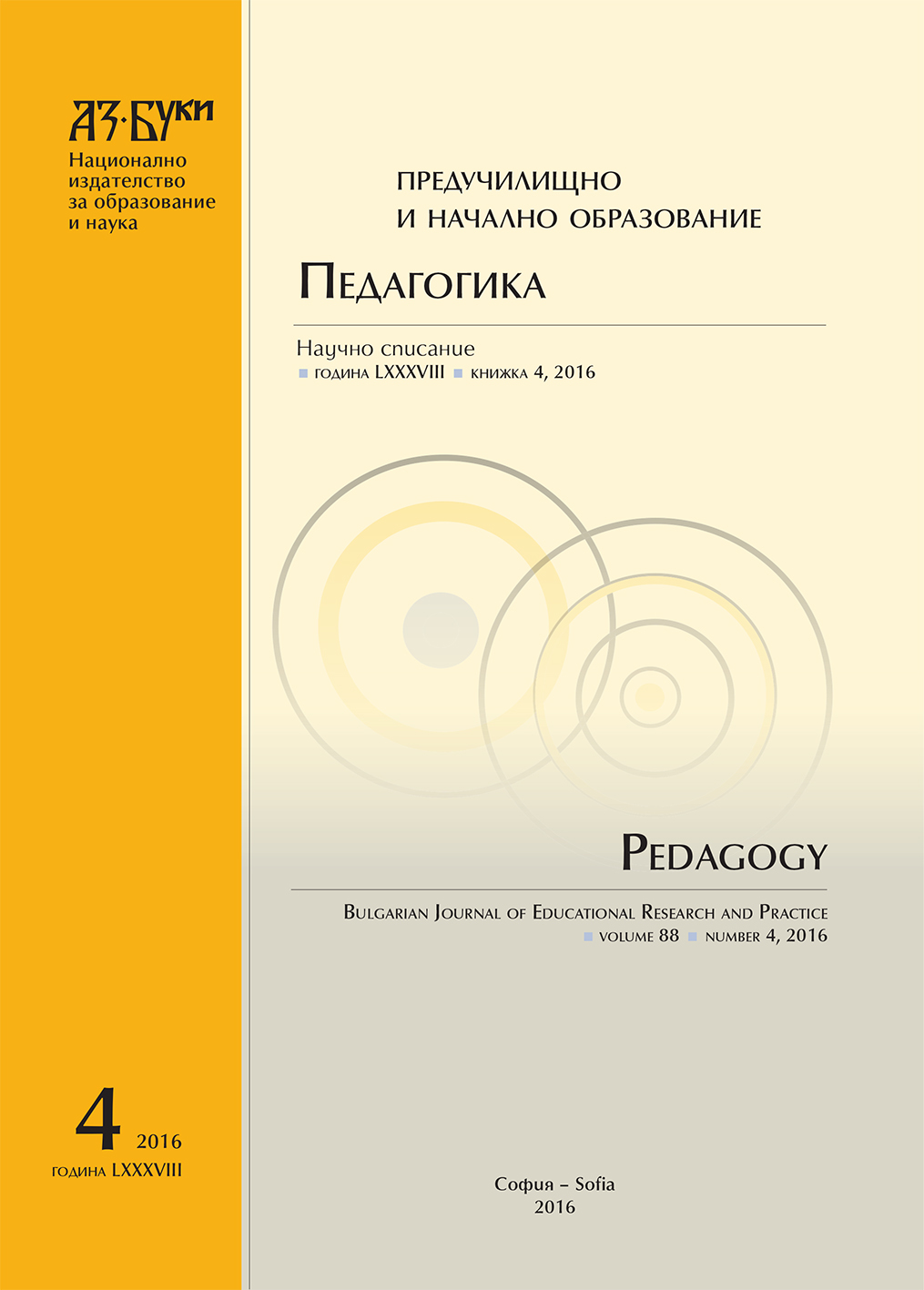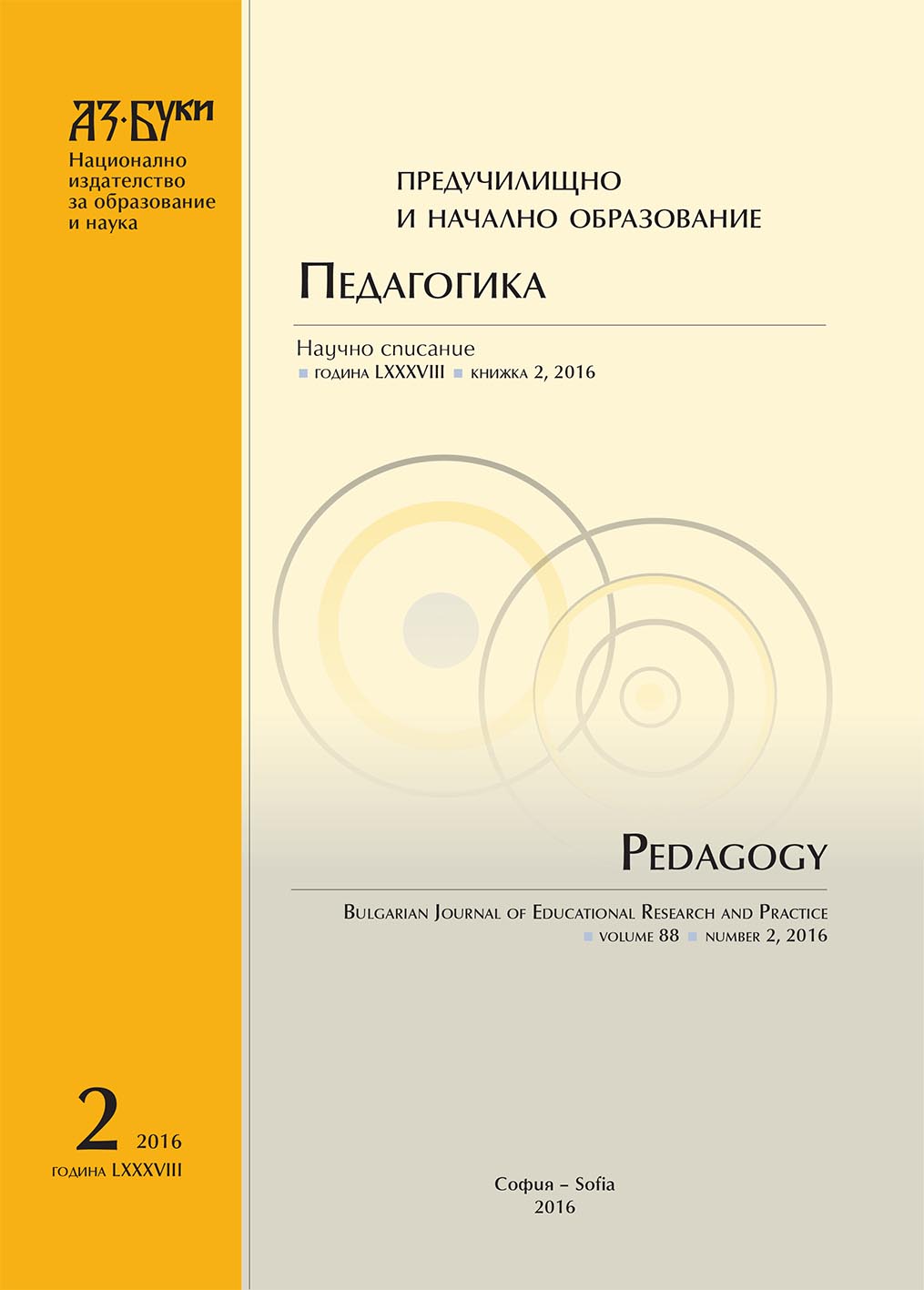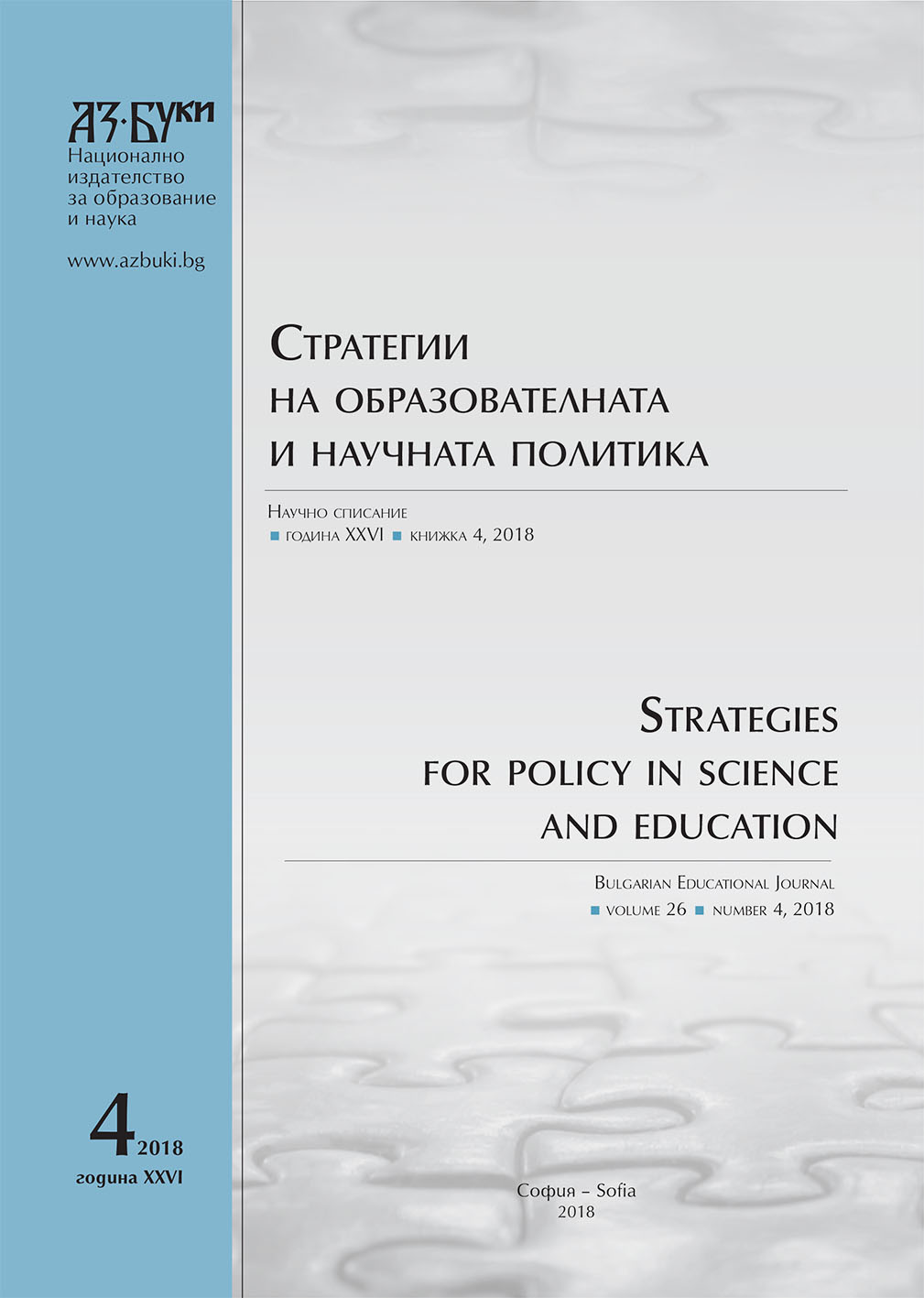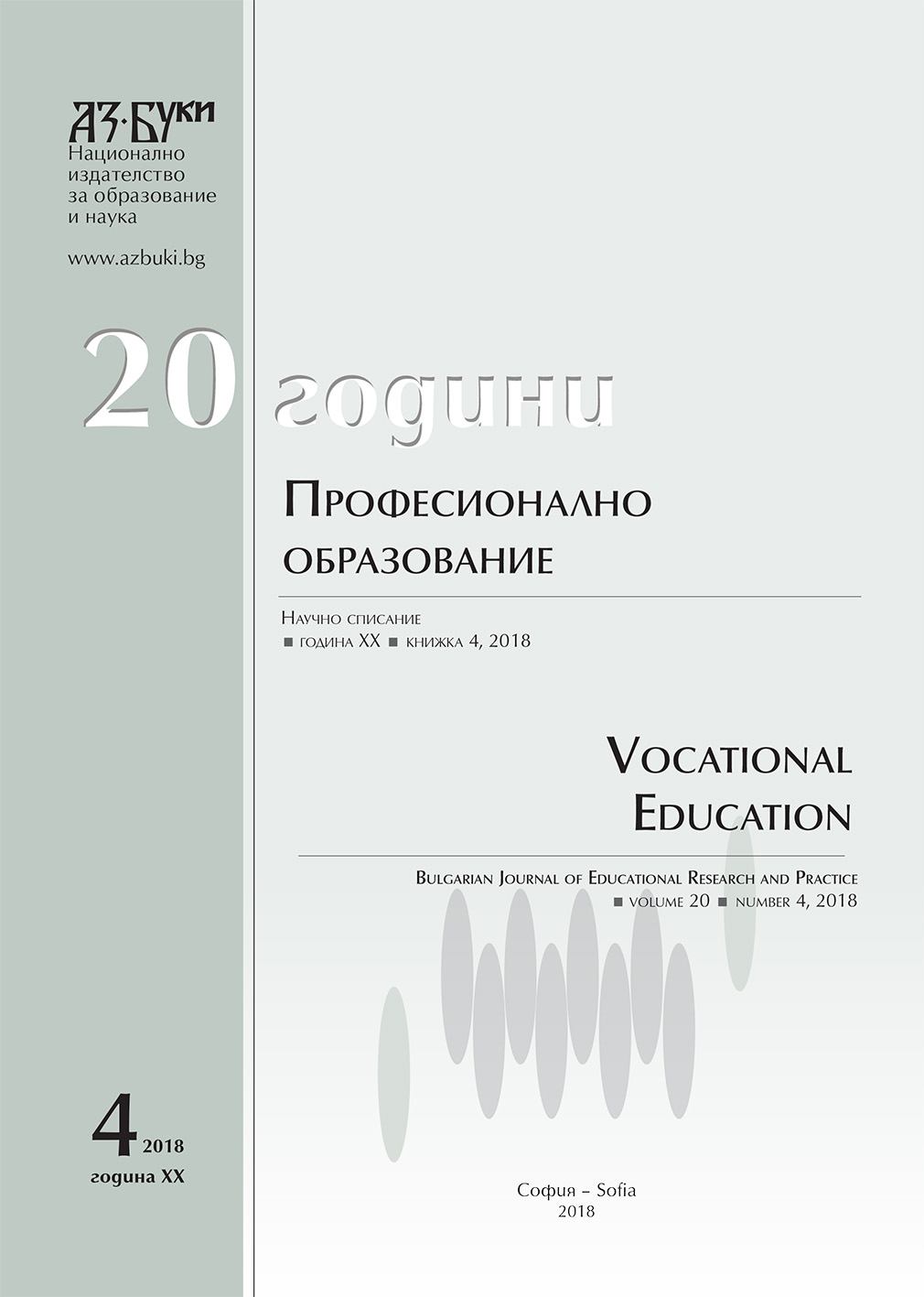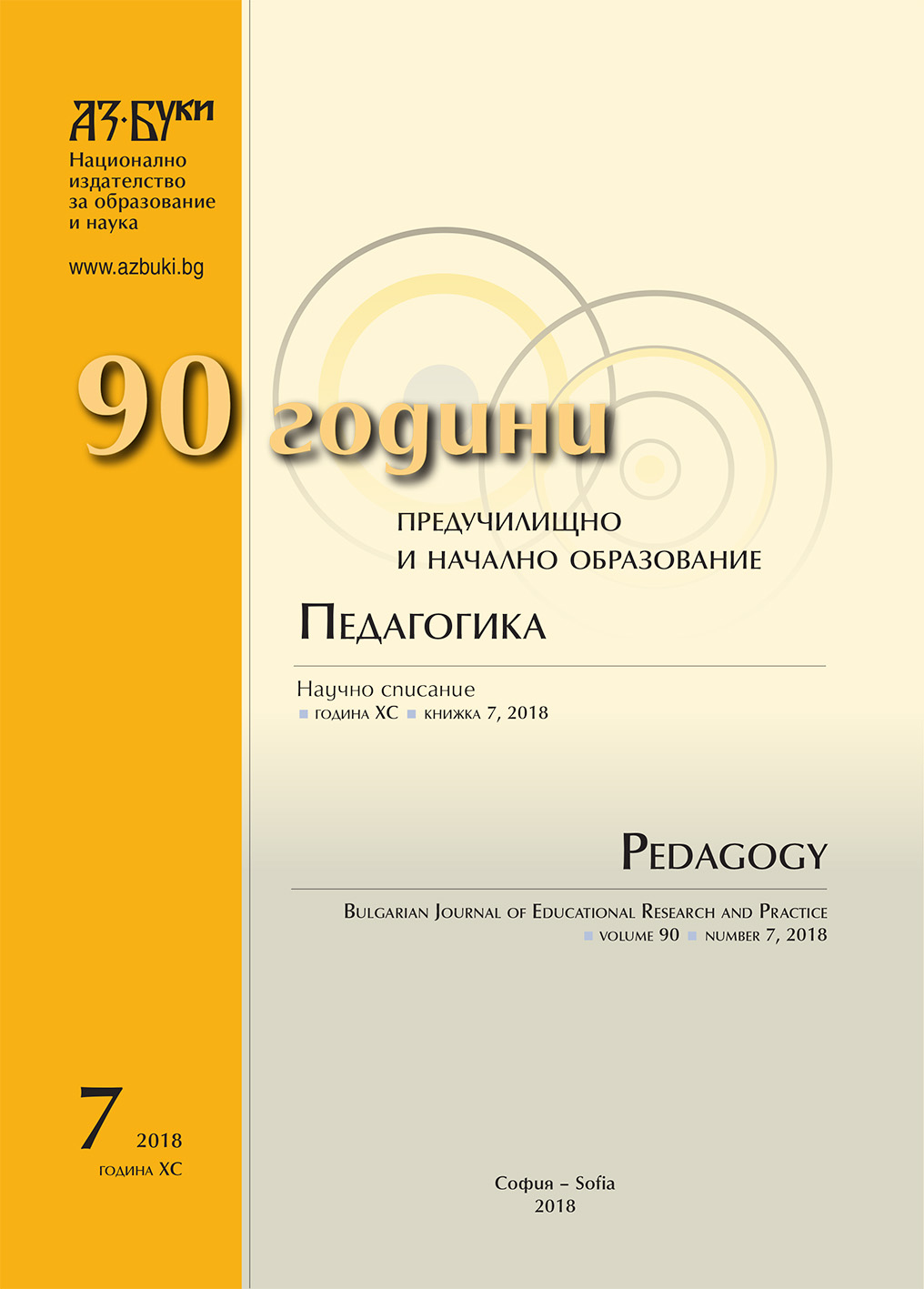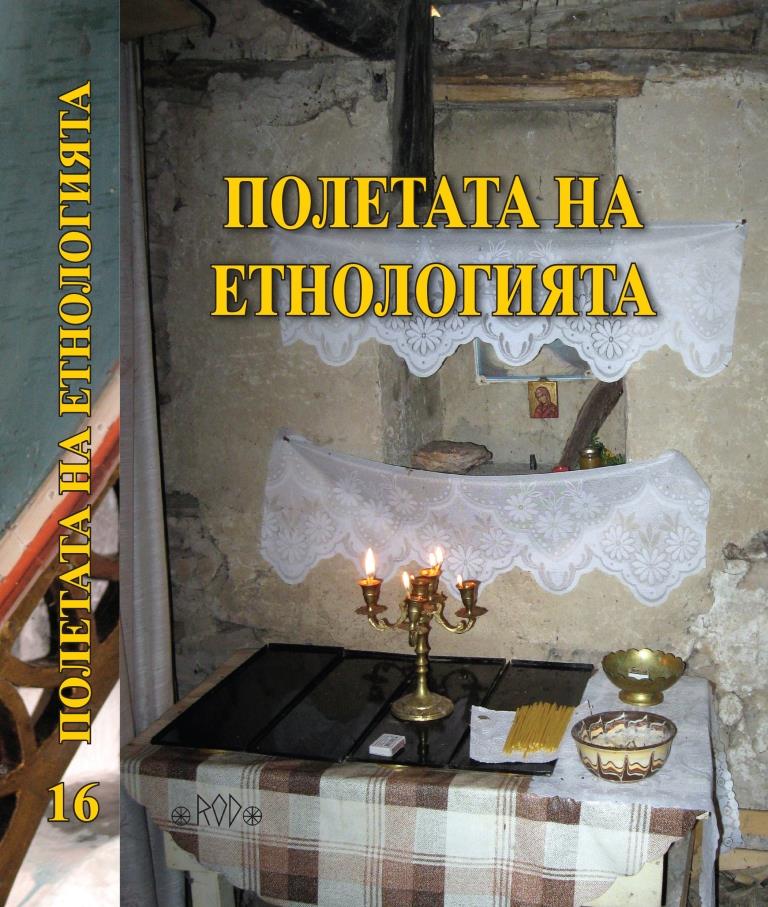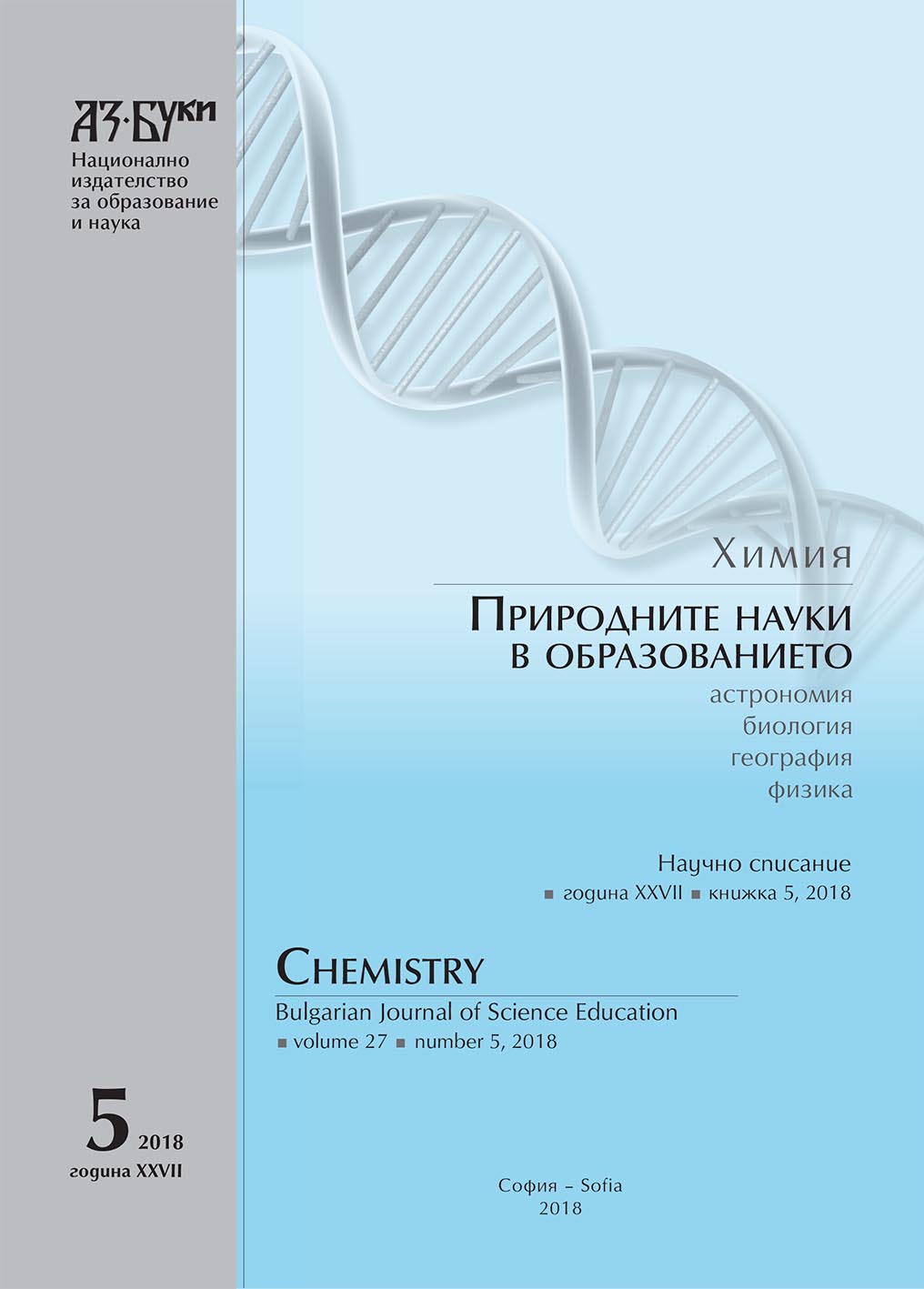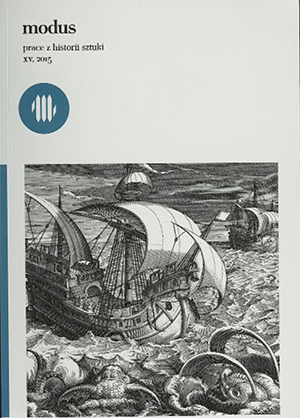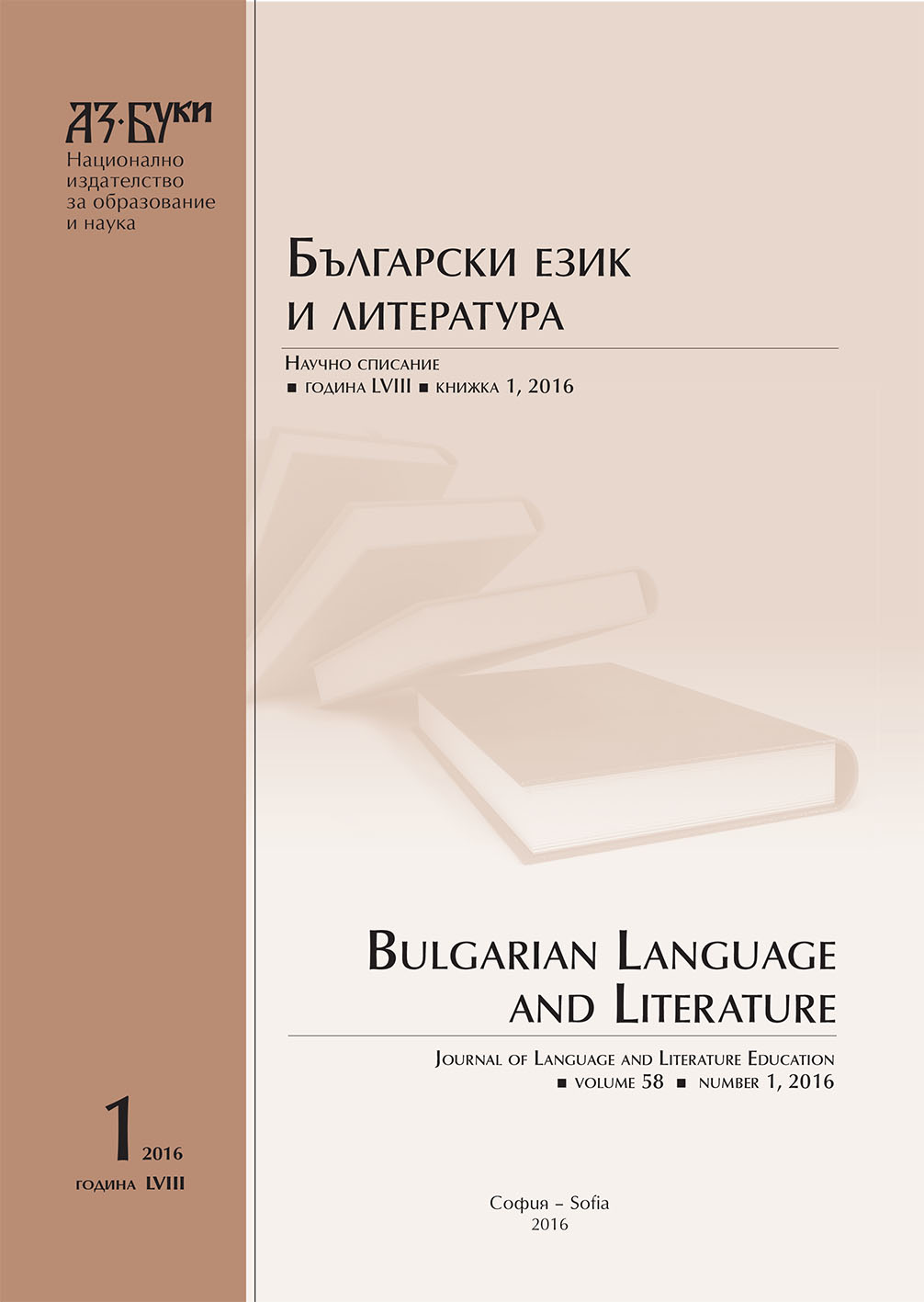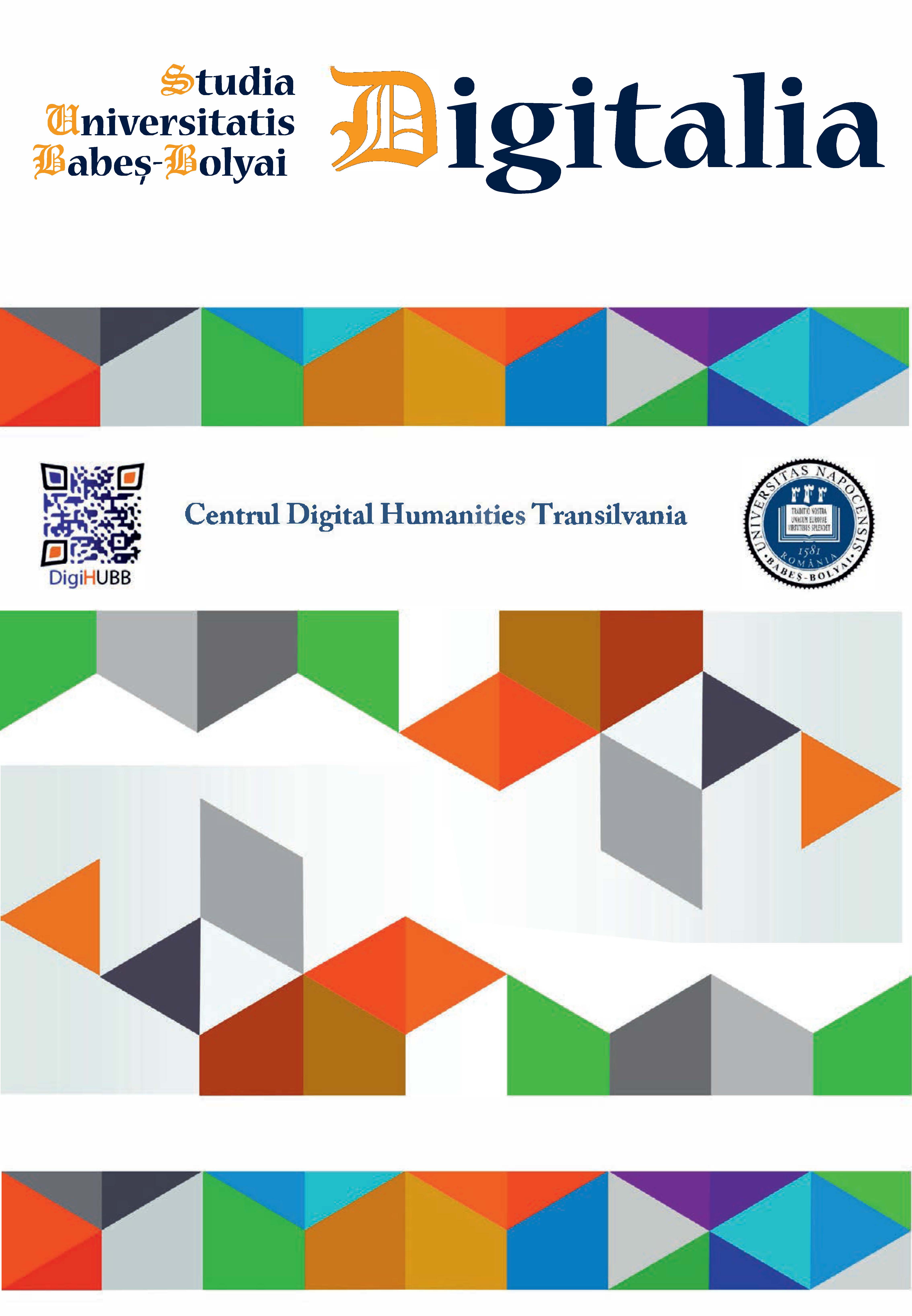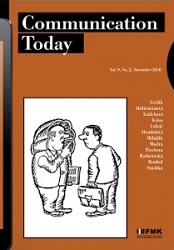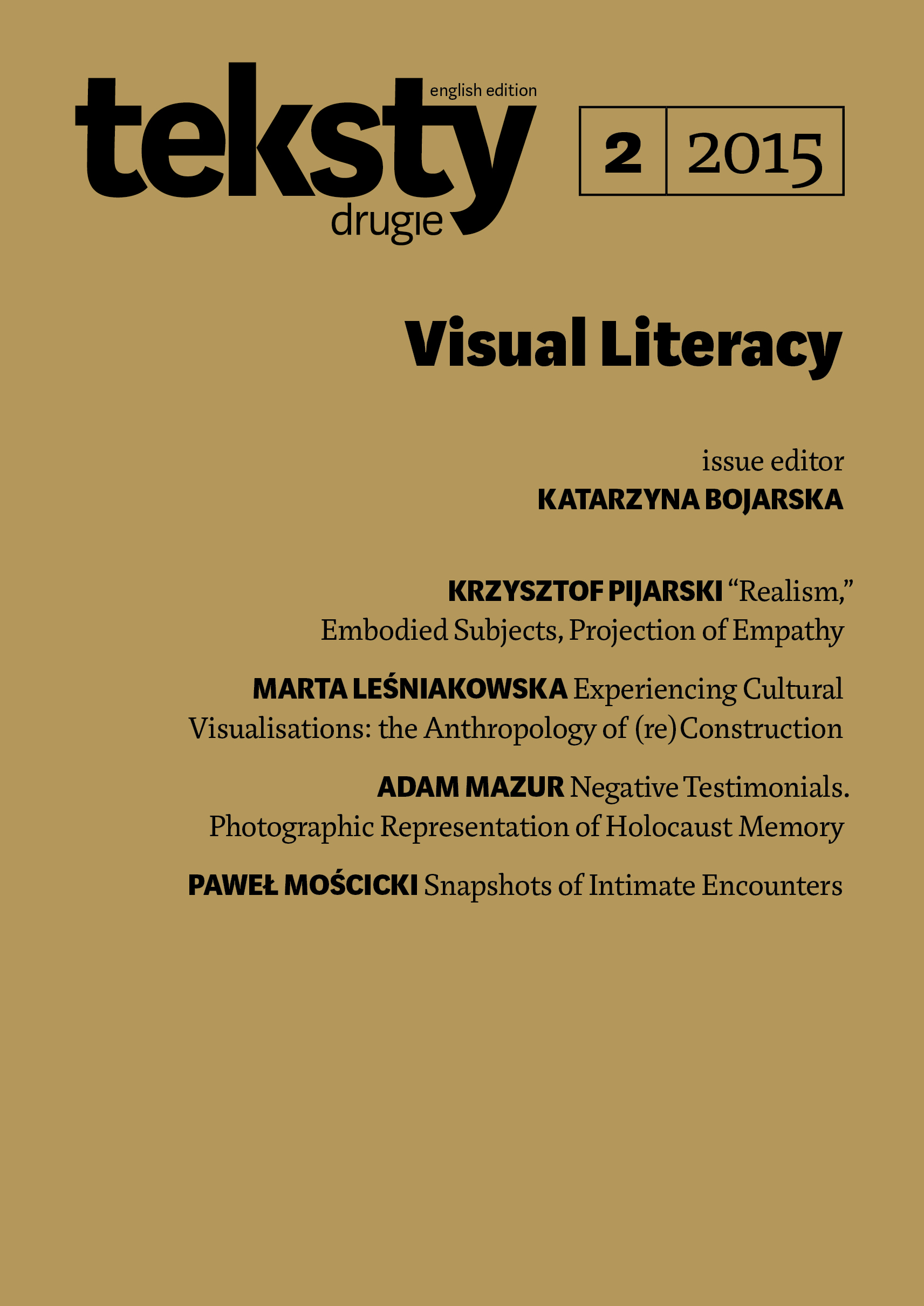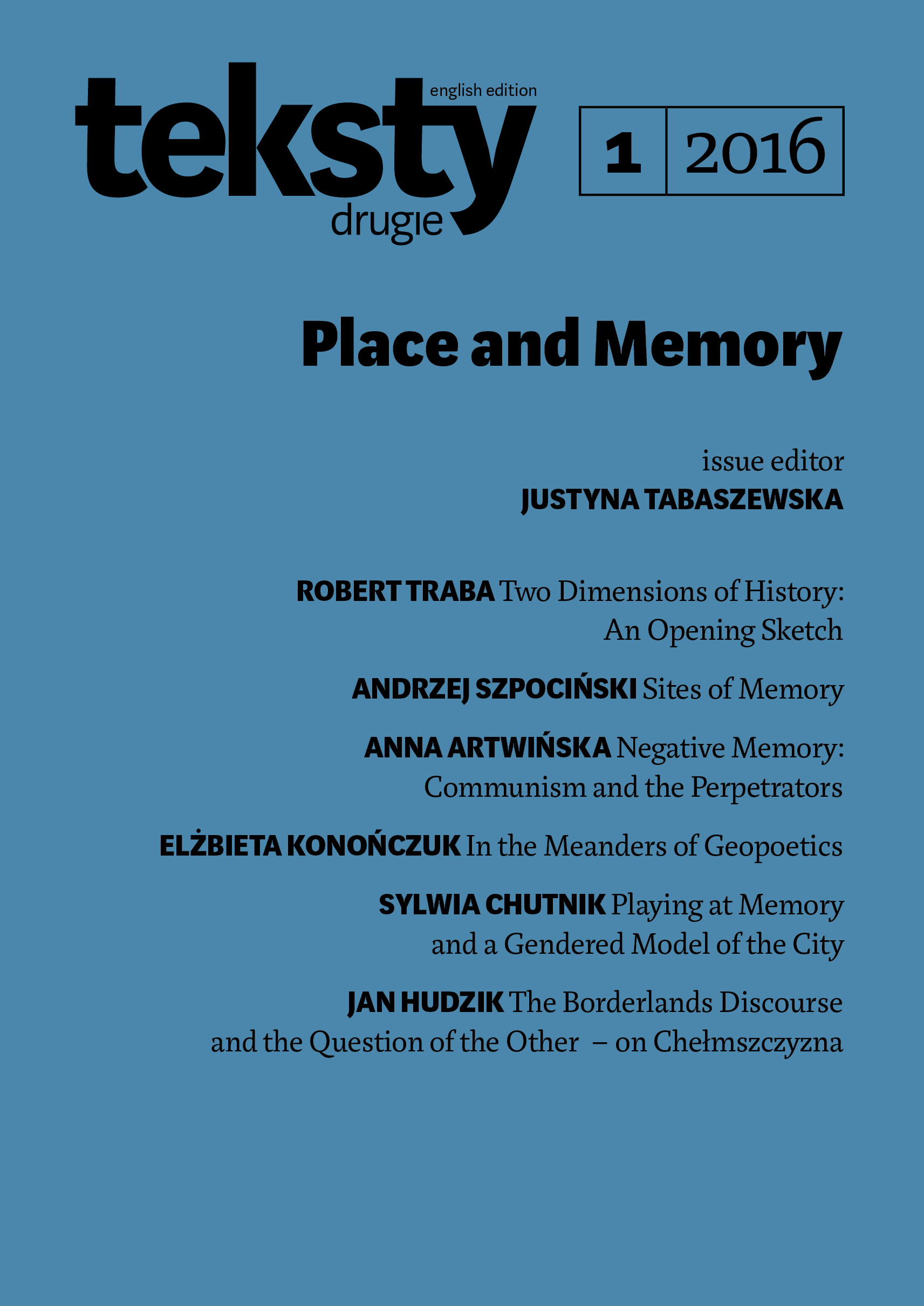Author(s): Michał Sobala / Language(s): Polish
Issue: 15/2015
The existence of a residence of the metropolitans of Gniezno in Cracow had been confirmed from the fourteenth till the end of the eighteenth century. Its beginnings, attested by documentary evidence, reach back to the foundation of Archbishop Jarosław Bogoria Skotnicki (1342-1374) who erected a stonework mansion located extrawaros, probably to the south of Wawel Hill. The building, neglected in the following century, was eventually pulled down in 1498. In the fifteenth century, a new residence was constructed. It was located immediately outside the city walls, in front of Brama Poboczna [Lateral Gate], next to Wawels north slope, on the grounds acquired by Archbishop Mikołaj Kurowski (1402-1411) that had been in the possession of the Gniezno archbishops until 1523. According to a description from the beginning of the sixteenth century, there existed an extensive residential complex made up of episcopal offices, a few buildings which housed the living quarters and some utility buildings in a garden.Since the late Middle Ages until 1621, the archbishops of Gniezno had also owned a plot of land located intra warns, i.e. within the city walls, in Grodzka Street, to the south ofSt Martins church. There stood a stonework mansion, mentioned in documentary sources as curia arcfiicpiscopaiis, whose appearance, however, is unknown. In the sixteenth century the buildings that stood there were used by the canons of Gniezno during their stay inCracow. Archbishop fan Łaski (1510-1531), who in 1529 acquired a conveniently located plot of land on the corner of Grodzka Street in the neighbourhood of St Giles church, moved the residence to a different location. The new grounds were situated opposite the former plot owned by the archbishops, at the foot of Wawel Hill and the royal castle (adradices arczs), close to its north-east corner which housed the kings apartments. It was there that - apart from a brief interlude when the archbishops lodged in Kanonicza Street - since the mid-sixteenth century for the following 250 years the last residence of the Primates of Poland in Cracows history had been located.The architectural forms of the building were irretrievably lost in the course of radical transformations the residence underwent at the beginning of the nineteenth century(it was dismantled down to the foundations, and replaced with a new construction that has survived to this day). Therefore it has remained virtually unknown because of the scarcity of iconographic evidence and insufficiently researched documentary sources from the period before the end of the eighteenth century. An interpretation of the newly discovered inventories from the years 1673,1767 and 1777, which contain the only known descriptions of the residence from the times when the Primates stayed in it, combined with an analysis of earlier source materials, has helped to recreate the architectural transformations of the building and precisely reconstruct its spatial and functional disposition, as well as to establish the dating and attribute its construction to particular founders.A particularly valuable source, which complements the inventories, is a survey of 1798, used as a basis for the reconstruction of the plan of the residence in the last phase before it was dismantled.The early modern forms of the residence (which since the second half of the seventeenth century had been known as a 'mansion) were shaped as a result of adaptation and extension of a house, formerly owned by a knightly family and later by the CracowChapter, which occupied the southern part of the plot acquired by the archbishops in 1529, facing the castle. The forms of the residence that had survived until 1670 arose mainly in the course of construction works undertaken by the Primates: Piotr Gamrat (1541-1545)and Wawrzyniec Gembicki (1615-1624). According to an inventory of 1673, the residence consisted of three one-storey buildings surrounding an internal courtyard: two stone workhouses (of medieval and sixteenth-century origins) joined on the corner, forming the south and west wings, and a wooden building on the east (erected in the mid-seventeenth century) which housed the main gateway opening to Grodzka Street. Between 1672 and1676 the complex was substantially remodelled in the course of a building campaign initiated by Primate Mikołaj Prażmowski (1666-1673) and completed by Andrzej Olszowski(1674-1677). The construction works, which cost 24 thousand zloty, were overseen by the Cracow city councillor Jan Pernus. The resulting complex consisted of a two-storey palace building made up of two wings meeting at the right angle with matching external elevations, but differing in plan and the spatial disposal of interiors. The third part of the complex - a one-storey wing facing Grodzka Street - was erected in 1765 by Archbishop Władysław Łubieński (1759-1767) and was the last element in this additive construction process. In the functional hierarchy of the residence it held the lowest rank, being merely a kind of outbuilding that housed the main gateway. The longest, one-aisle south wing played an important part in the communication system of the palace: it housed another gate and the stately main staircase leading from the courtyard up to the rooms on pńmonoMc. The largest, two-aisle west wing had the function of an actual corps de fog is -the main part of the palace - being at the same time its predominant element as far as its architecture and functions were concerned. It was on its upper storey that the apartment of the Primate (consisting of antechamber, bedroom and wardrobe) was located, together with a large reception hall (measuring 12 by 15 m) overlooking Wawel where Primate Olszowski hung a portrait gallery of his antecedent archbishops, including his own likeness provided with a following inscription: Andreas Olszowski, Sfernmate Prnsszns cam ^ascdn'sioannis iff. Coronator. Both the location and decoration of the stately hall in the residence of Polish Primates in the capital city of Cracow should be understood as the key elements of the iconographic programme of the palace: a seat of the interrex and at the same time primate-archbishop who crowned.
More...
